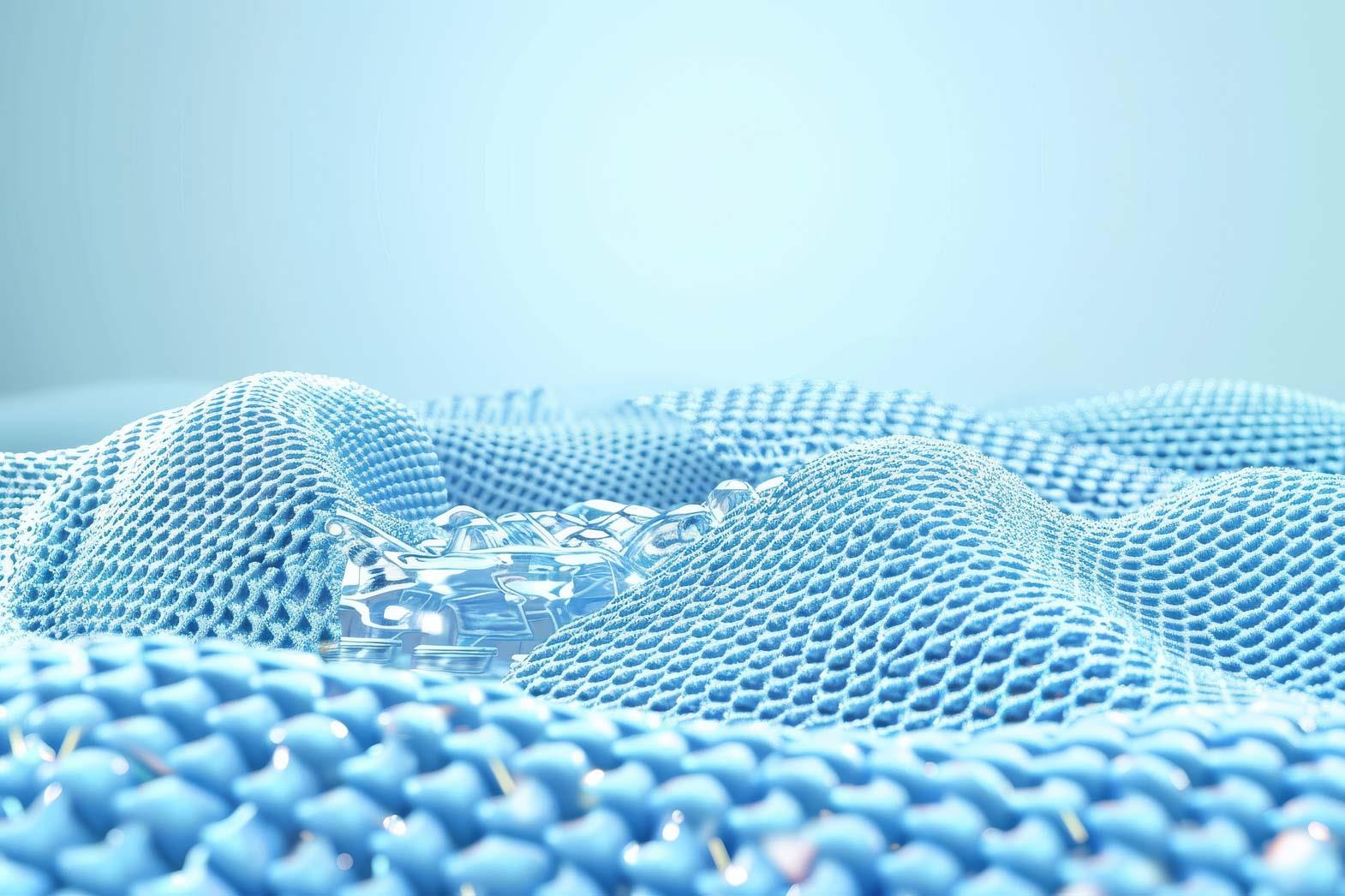3Dfabrics are the focus of rapid development due to their versatile physical,structural attributes and application scopes. These fabrics can be produced in various architectures which offer a great deal of opportunity to modify the weight, aesthetics, properties and cost of the various products. 3D fabrics have wide methods in terms of manufacturing.
Three dimensionally woven textiles are not only beautiful, they also have the potential to change the way aircraft and other complex structures are built.Different authors define 3D fabrics in different ways; Greenwood - 1/3D fabrics are those fabrics which have substantial measurement in three dimensions as compared to the conventional fabrics, which will have measurement in two dimensions only". According to Khokar "3D fabric is defined as single-handedly system the constituent yarns of which are supposedly disposed in three mutually perpendicular plane relationship", this definition doesn't consider multi layer and some other type of fabrics to be of 3D type.Hearle gives definition of 3D fabrics as: - "3D fabrics are thick planar sheets or shaped solid forms with multiple layers of yarns, hollow structures and thin 3 D shells".
3Dwoven fabrics are being used in a number of applications as composite reinforcements for construction, automotive, ballistic and various industrial uses: for marine applications like carbon fibre performs for high performance powerboats; in medical technology like artificial veins, arteries, orthopedic tubes,scaffolding, artificial joints and organs etc. Lightweight constructions like reinforced section in automotive engineering and aeronautics; pipeline construction; in sports like shin guard for soccer, protective headgear for skydiving, high speed water sports etc.
Originally published in the Textile Review, March, 2012.







Comments